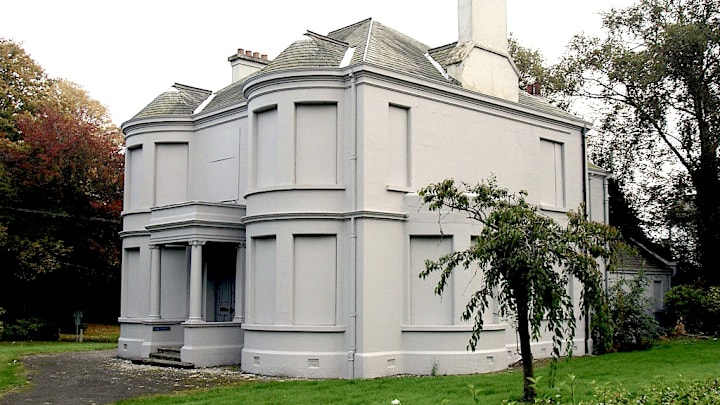Throughout history, people have been subjected to a variety of strange taxes. Ancient Egyptians had to pay the pharaohs a tax on cooking oil. Merchants in ancient Rome had to pay a tax on urine, then a valuable commodity for washing clothes and tanning leather. Russian emperor Peter the Great imposed a tax on beards. Equally puzzling is England’s window tax.
The Origins of the Window Tax
Established during the reign of William III in 1696, this tax was exactly what it sounds like: a fee paid by homeowners based on the number of windows their home had. The tax was intended to make up for revenue lost through coin clipping, a common form of financial fraud in which people broke off small bits of silver or gold coins to melt down and sell, thus diminishing the value of the currency.
On paper, the window tax was supposed to function as a progressive wealth tax, levied on homeowners with houses featuring 10 windows or more. The tax increased according to the number of windows in the home; in one example from the UK’s National Archives, a homeowner with 10 to 14 windows would pay six pence per window. Those with fewer than 10 windows had to pay a house tax of two shillings (equal to 24 pence), but were exempt from the window tax.
In practice, however, the tax affected people from all income levels. This was especially true in urban areas, where large boardinghouses with individual apartments for working class tenants were unfairly counted as a single household.
The legislation behind the tax also failed to clearly define what was and wasn’t a window. The ambiguity allow government clerks to calculate any openings in the outer walls of a home, including grates and cracks, in their lists of taxable assets.
You May Also Like:
- 10 Houses Built Out of Spite
- Britain's Smallest House Has 16 Square Feet of Floor Space
- The Pennsylvania Resort Where You Can Rent a Frank Lloyd Wright House
“Pitt’s Pictures”

Landlords came up with interesting ways to deal with the tax burden. Those who owned apartment buildings simply passed the cost on to their renters. Some physically reduced the number of windows in their buildings by boarding up the openings with wood or bricks, and these modifications can still be seen in historic buildings from that time. In 1766, when the taxable threshold was lowered from 10 windows to seven, the number of houses in England and Wales with seven windows fell by almost two-thirds.
The closed-up windows were called “Pitt’s Pictures,” a reference to the conservative politician William Pitt the Younger, one of the tax’s staunchest supporters.
Public Health Perils

The tax not only affected England’s architecture, but also the physical wellbeing of its people. Public health officials argued that working class families, forced to live in windowless homes with poor ventilation and little to no sunlight, risked ill health and contagious diseases like typhus, cholera, and smallpox. The welfare of society’s laborers and their families motivated many medical professionals to call for the tax to be repealed.
Sanitation officials in the city of Sunderland wrote in 1845, “The blocking up of the numerous windows caused by the anxiety of their owners to escape the payment of the tax, has, in very many instances, greatly aggravated, and has even ... in some cases been the primary cause of much sickness and mortality.”
Pleas like this one did their job. The universally loathed levy was repealed six years later in 1851, freeing homeowners to throw open their shutters without fear of a tax bill.
